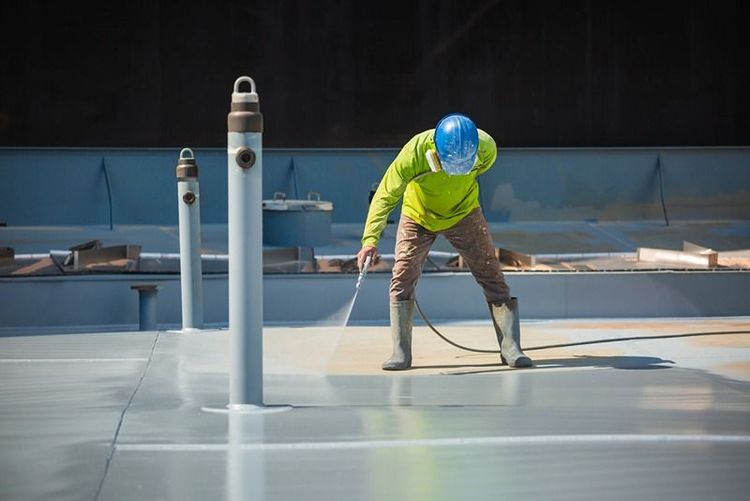Corrosion is a common challenge in steel structures, particularly in industrial environments where exposure to moisture, chemicals, and varying temperatures can accelerate deterioration. For MSMEs that purchase steel online, understanding how to protect steel from corrosion is essential to ensure the longevity and durability of their structures. By carefully selecting materials such as hot-rolled steel, Pre-Painted Galvalume Steel (PPGL), Galvalume Steel (GL), and Galvanised Plain Steel (GP) and applying the right treatments, you can effectively mitigate the risk of corrosion. Here are some tips and techniques for protecting steel structures from corrosion.
1. Choosing the right material
Selecting the appropriate type of steel is the first line of defence against corrosion. Different steel materials offer varying levels of resistance based on their composition and coatings:
Hot-rolled steel: while hot-rolled steel is known for its strength and malleability, it is also more prone to corrosion if left untreated. Applying protective coatings or galvanising hot-rolled steel can significantly enhance its rust resistance and extend its lifespan, especially in outdoor or humid environments.
PPGL: pre-painted galvalume steel is coated with zinc and then painted to add an extra layer of protection against corrosion. The zinc coating acts as a sacrificial layer, protecting the steel from rust by corroding in place of the underlying metal. The additional paint layer provides further protection and can be customised to meet aesthetic requirements while enhancing durability.
Gl: galvalume steel is coated with an alloy of aluminium and zinc, providing excellent resistance to corrosion. The aluminium in the coating enhances its ability to withstand oxidation and rust, making it a great choice for environments with high humidity or salinity, such as coastal areas. Galvalume steel balances corrosion resistance and aesthetic appeal with a smooth, reflective surface.







 +91 7208055523
+91 7208055523
 Help & support
Help & support
